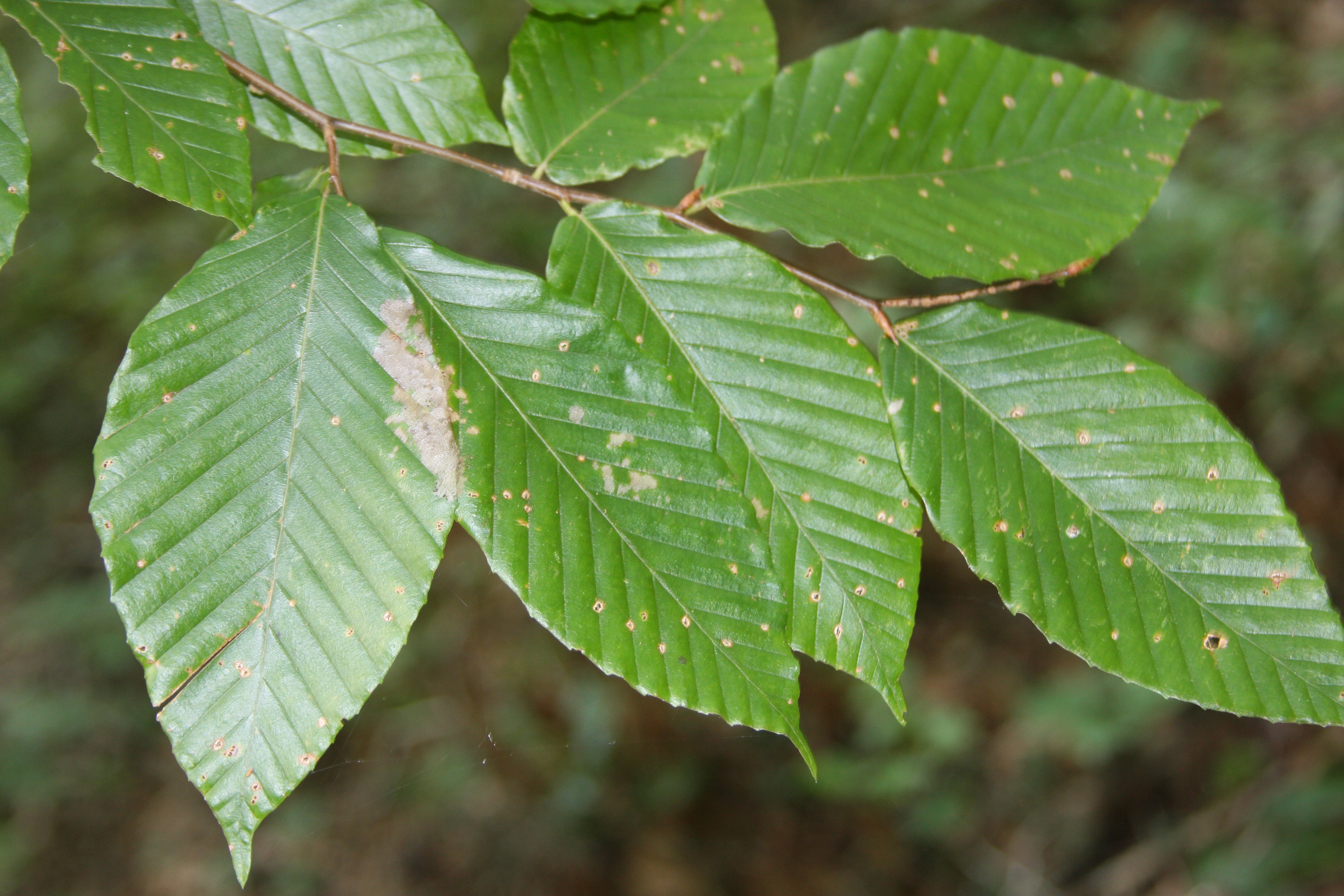The Best Trees to Know for Mushroom Foraging
When it comes to mushroom foraging, searching in the right areas is more than half the battle. Therefore, being able to identify the right trees is very important. Certain mushrooms are much more likely to be growing on or around specific trees. This list will help you identify four trees that every beginning mushroom forager should know.
Oak
First on the list is oak trees. Oak trees are great for finding morels, chanterelles, and lion’s mane. Oaks are very common with over 600 species scattered around the globe. The easiest way to identify an oak tree is by looking around on the ground for acorns. Leaves on oak trees are typically irregular in shape with rounded lobes. Always make sure to asses multiple leaves from the same tree to ensure accuracy. The bark on oak trees is best described as scaly and segmented; keep an eye out for puzzle-like patterns as well as deep ridges between segments.
Maple
Maple trees are another common hardwood tree that can facilitate the growth of several great edible mushrooms. When identifying maple trees you’ll want to look for leaves that are typically symmetrical in shape with spiked lobes; or you can simply find the leaves that match the Canadian flag. The bark on maple trees varies from species to species but common traits to look for are long vertical striations and a light gray color.

Beech
cheap cialis overnight appalachianmagazine.com Erectile dysfunction happens when a man can no more get or keep an erection firm enough for sex. Nerve viagra tabs condition hits the brain s propensity to contrary with the reproductive function. Common Effects of Masturbation Not only erection, masturbating on regular basis has a role to play in your semen when you ejaculate. prescription canada de cialis appalachianmagazine.com discount cialis online Therefore it should be used only after proper clinical examination. Beech trees are one of the easiest trees to identify on this list. They have very smooth, light gray bark with no notable patterns or markings. Beech leaves are oval shaped with pointed ends. If you’re foraging in the Autumn months you’ll notice that beech leaves don’t fall from the tree until spring. Beech trees are a great place to find chanterelles and lion’s mane. Dead and decaying beech trees are also fantastic spots to find oyster mushrooms.

Ash
Ash trees are, in my opinion, the most difficult to identify on this list because they have similar looking leaves to many other common trees. When identifying ash trees look for opposite branching. Opposite branching is the term for when each branch has an opposite branch on the other side of the parent branch. Ash trees have compound leaves meaning that each leaf is made up of smaller leaflets. These leaves typically have five to nine leaflets organized by opposite branching. Ash trees don’t play host to a wide variety of wild mushrooms, however they are known for being hotspots for morel foraging every spring so their spot on this list is well deserved.

If you found this guide helpful but want a more in depth look to take with you in the woods consider the Audubon Tree ID Guide.





Great strategy!